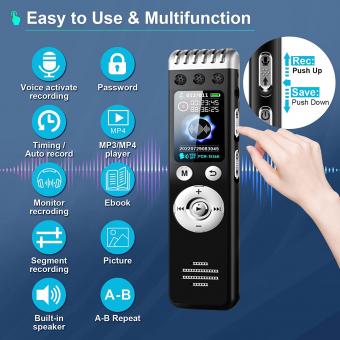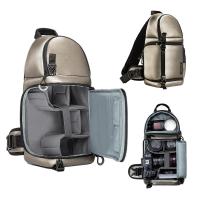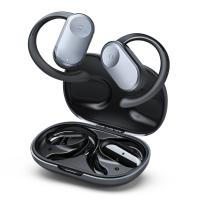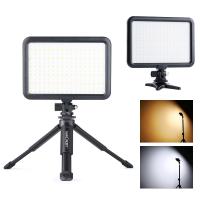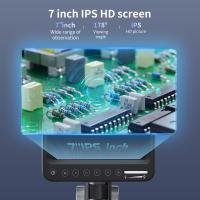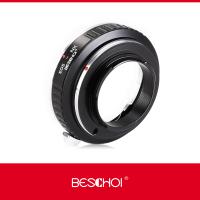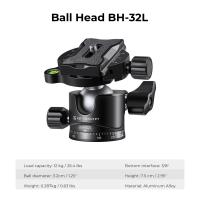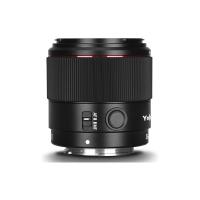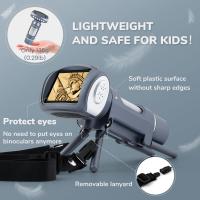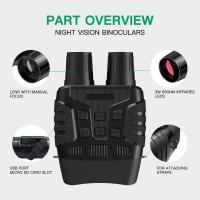How To Record Anything ?
To record anything, you will need a recording device such as a smartphone, computer, or dedicated audio/video recorder. Depending on what you want to record, you may also need additional equipment like microphones or cameras. Once you have the necessary equipment, follow these general steps:
1. Set up your recording equipment: Ensure that your device is charged or connected to a power source. If using external microphones or cameras, connect them properly.
2. Choose the appropriate recording settings: Adjust the settings on your device to match your recording needs. For example, select the desired audio quality or video resolution.
3. Position your equipment: Place your device or microphone in a suitable location to capture the desired sound or image. Consider factors like distance, background noise, and lighting.
4. Start recording: Press the record button on your device to begin capturing the audio or video. Make sure to monitor the recording to ensure everything is being captured properly.
5. Stop recording: When you have finished recording, press the stop button on your device to end the recording.
6. Review and save your recording: Play back the recording to ensure it meets your expectations. If satisfied, save the file to a secure location for future use.
Remember to familiarize yourself with the specific features and settings of your recording device for optimal results.
1、 Audio Recording Techniques for Capturing Clear and High-Quality Sound
Audio Recording Techniques for Capturing Clear and High-Quality Sound
Recording audio is a crucial aspect of various fields, including music production, podcasting, filmmaking, and more. To ensure that you capture clear and high-quality sound, it is essential to follow certain techniques. Here are some tips on how to record anything effectively:
1. Choose the right microphone: Selecting the appropriate microphone for your recording needs is crucial. Consider factors such as the type of sound you want to capture, the environment you'll be recording in, and the intended use of the recording. There are various types of microphones available, including dynamic, condenser, and ribbon microphones, each with its own strengths and weaknesses.
2. Control the environment: Minimize background noise and echo by recording in a quiet and acoustically treated space. Use soundproofing materials, such as foam panels or blankets, to reduce unwanted reflections. Additionally, consider using a pop filter to eliminate plosive sounds caused by strong bursts of air hitting the microphone.
3. Position the microphone correctly: Proper microphone placement is crucial for capturing clear sound. Experiment with different positions to find the sweet spot that captures the desired sound accurately. Avoid placing the microphone too close to the sound source to prevent distortion, and maintain a consistent distance to ensure a balanced sound.
4. Monitor and adjust levels: Use headphones to monitor the audio while recording. Keep an eye on the levels to ensure they are not too low, resulting in a weak signal, or too high, causing distortion. Adjust the gain or input levels accordingly to achieve a clean and balanced recording.
5. Consider room ambiance: Depending on the desired sound, you may want to capture some room ambiance. This can add depth and character to the recording. Experiment with microphone placement and the use of room microphones to capture the desired ambiance while maintaining clarity.
6. Post-processing and editing: After recording, it is essential to properly process and edit the audio to enhance its quality. This may involve removing background noise, adjusting levels, applying equalization, and adding effects if necessary. Utilize digital audio workstations (DAWs) and plugins to fine-tune the recording and achieve the desired sound.
In conclusion, capturing clear and high-quality sound requires careful consideration of microphone selection, environment control, proper microphone placement, monitoring levels, room ambiance, and post-processing techniques. By following these audio recording techniques, you can ensure that your recordings are professional and engaging.
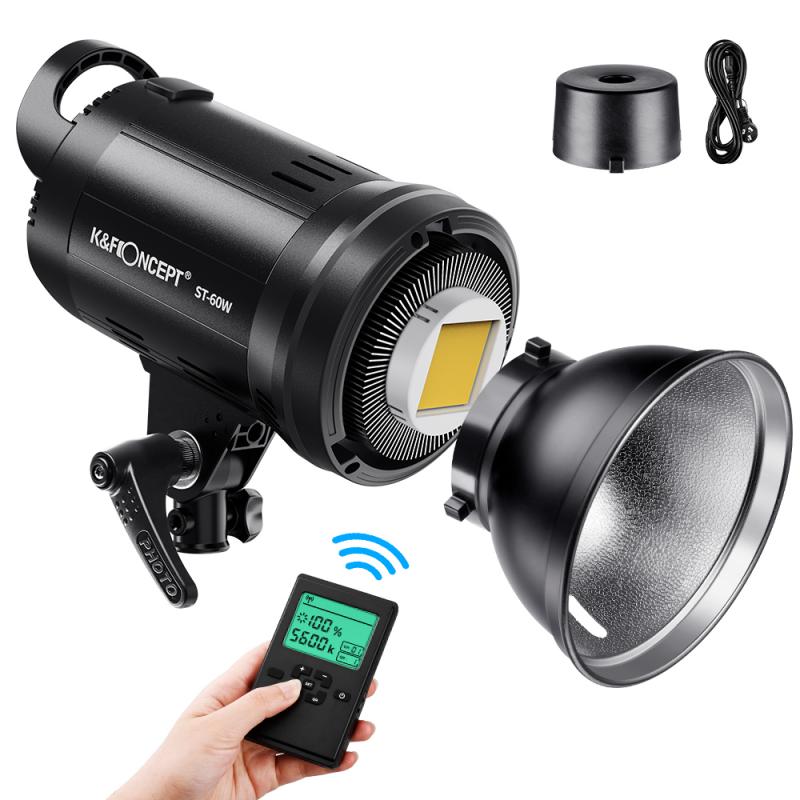
2、 Video Recording Tips for Professional-Looking Footage
Video Recording Tips for Professional-Looking Footage
Recording high-quality videos is essential for creating professional-looking footage. Whether you're shooting a vlog, a short film, or a corporate video, following these tips will help you capture impressive visuals:
1. Plan your shots: Before hitting the record button, have a clear idea of what you want to capture. Create a shot list or storyboard to ensure you cover all the necessary angles and scenes.
2. Use proper lighting: Lighting plays a crucial role in video quality. Whenever possible, shoot in natural light or invest in professional lighting equipment to avoid shadows and ensure a well-lit scene.
3. Stabilize your camera: Shaky footage can be distracting and unprofessional. Use a tripod or a stabilizer to keep your camera steady and achieve smooth shots.
4. Pay attention to composition: Frame your shots carefully, considering the rule of thirds and leading lines. This will add visual interest and make your footage more aesthetically pleasing.
5. Capture good audio: Clear and high-quality audio is just as important as good visuals. Use an external microphone or a lavalier mic to ensure crisp sound and minimize background noise.
6. Shoot in the highest resolution possible: Recording in a high resolution, such as 4K, allows for greater flexibility in post-production and ensures your footage looks sharp and detailed.
7. Experiment with camera angles and movements: Don't be afraid to get creative with your shots. Try different angles, camera movements, and perspectives to add depth and visual interest to your footage.
8. Edit your footage: Post-production editing can significantly enhance the overall quality of your video. Use professional editing software to trim clips, adjust colors, add transitions, and incorporate other effects as needed.
In today's digital age, staying up to date with the latest trends and techniques is crucial. Consider exploring new technologies such as virtual reality (VR) or augmented reality (AR) to add a unique and immersive touch to your videos.
Remember, practice makes perfect. Continuously honing your skills and experimenting with different techniques will help you capture stunning footage and create professional-looking videos.
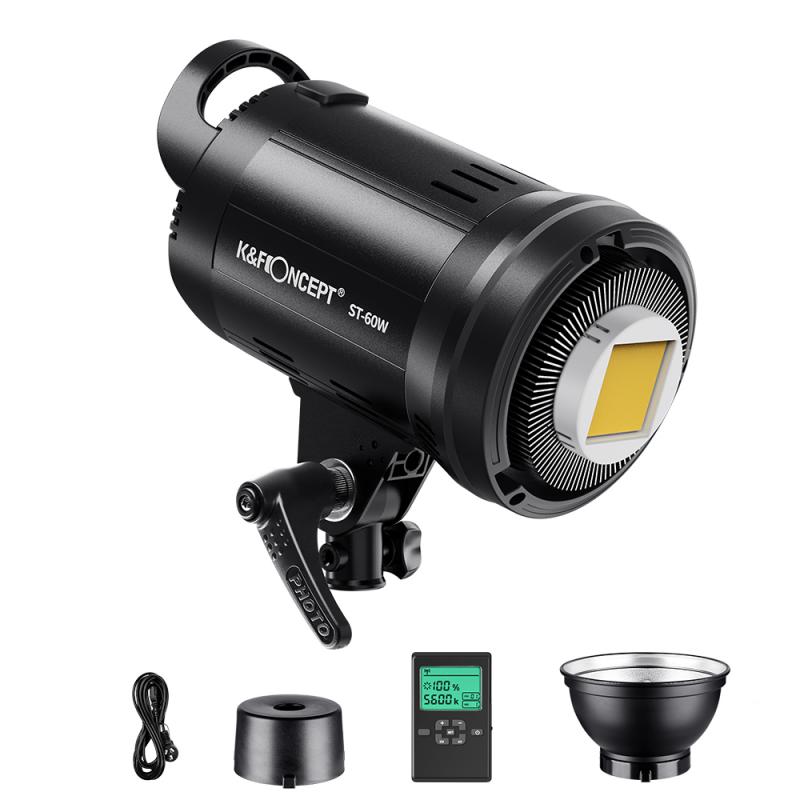
3、 Screen Recording Methods for Capturing Computer Activities
Screen recording is a valuable tool for capturing computer activities, whether it's for creating tutorials, recording gameplay, or documenting software bugs. There are several methods available to record anything happening on your screen, each with its own advantages and limitations.
One of the most common methods is using screen recording software. There are numerous options available, both free and paid, that offer a range of features and customization options. These software programs allow you to select the area of the screen you want to record, adjust the frame rate and quality, and even add annotations or voiceovers. Some popular screen recording software includes OBS Studio, Camtasia, and Bandicam.
Another method is using built-in screen recording features. Many operating systems, such as Windows 10 and macOS, have native screen recording tools that allow you to capture your screen without the need for third-party software. These tools often provide basic recording capabilities and are suitable for simple tasks.
In addition to software-based methods, hardware solutions like capture cards can be used to record screen activities. Capture cards are external devices that connect to your computer and capture the video output from your screen. They are commonly used for recording gameplay from consoles but can also be used for capturing computer activities.
With the rise of mobile devices, screen recording on smartphones and tablets has become increasingly popular. Both iOS and Android devices have built-in screen recording features that allow you to capture your screen directly from the device itself. These recordings can be useful for creating app demos, troubleshooting, or sharing mobile gameplay.
In conclusion, there are various methods available for screen recording, ranging from software-based solutions to hardware devices and built-in features. The choice of method depends on your specific needs and preferences.
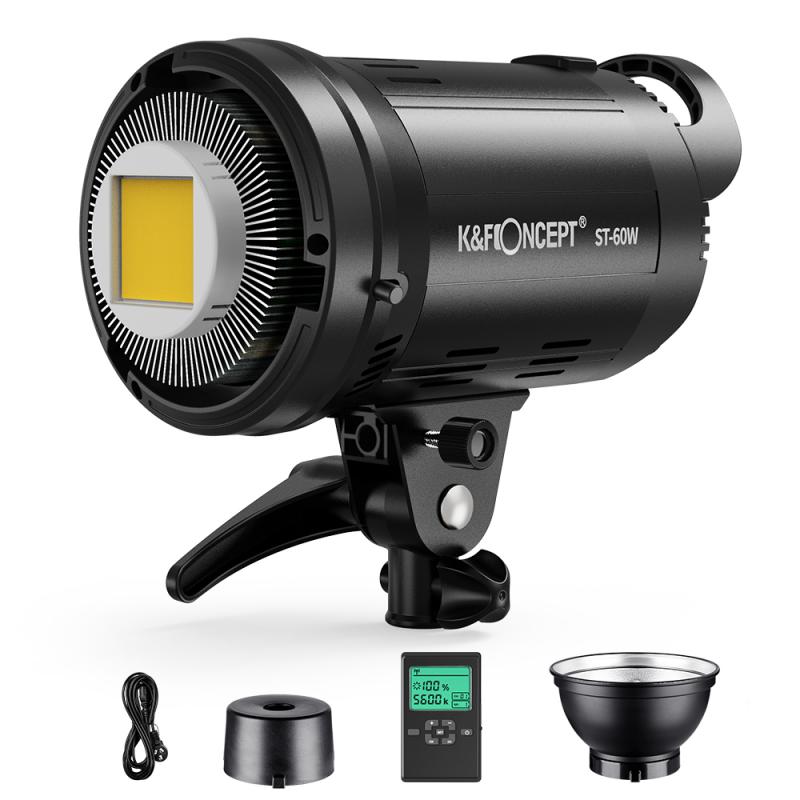
4、 Photography Techniques for Capturing Memorable Moments
Photography Techniques for Capturing Memorable Moments
Photography is a powerful tool for capturing and preserving memories. Whether you're a professional photographer or just someone who enjoys taking pictures, there are several techniques you can use to ensure that you capture memorable moments effectively. Here are some tips on how to record anything:
1. Understand your equipment: Familiarize yourself with your camera and its settings. Learn how to adjust the aperture, shutter speed, and ISO to capture the best possible images in different lighting conditions.
2. Composition is key: Pay attention to the composition of your shots. Use the rule of thirds to create a balanced and visually appealing image. Experiment with different angles and perspectives to add interest to your photos.
3. Capture candid moments: Some of the most memorable moments are often unplanned and spontaneous. Be ready to capture these candid moments by keeping your camera easily accessible and always be prepared to click the shutter.
4. Use natural light: Natural light can add depth and warmth to your photos. Whenever possible, try to shoot during the golden hour - the hour after sunrise or before sunset - when the light is soft and flattering.
5. Tell a story: Instead of just taking individual shots, try to capture a series of images that tell a story. This can be particularly effective for events or special occasions.
6. Edit with care: Post-processing can enhance your images, but it's important not to overdo it. Use editing software to adjust exposure, contrast, and color balance, but remember to maintain the authenticity of the moment.
7. Stay curious and experiment: Photography is an art form that allows for endless creativity. Don't be afraid to try new techniques, explore different genres, and push the boundaries of your skills.
In today's digital age, photography has become more accessible than ever before. With smartphones equipped with high-quality cameras, anyone can capture memorable moments. However, it's important to remember that the true essence of photography lies in the ability to tell a story and evoke emotions through images. So, whether you're using a professional camera or your smartphone, these techniques will help you record anything and create lasting memories.








